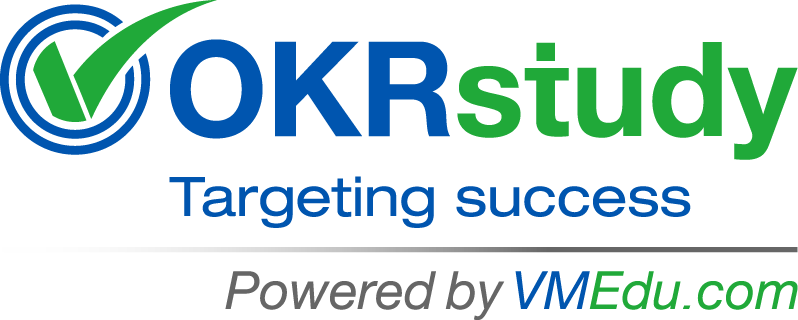1.1 OKR Origin
1.2 Benefits of OKRs
1.4 Purpose of the OKRBOK™ Guide
1.5 How to Use the OKRBOK™ Guide?
1.6 Framework of the OKRBOK™ Guide
1.6.1 OKR Principles
1.6.2 OKR Artifacts and Reports
1.6.3 OKR Processes
2.1 Introduction
2.2 OKR Benefits
3.1 Introduction
3.2 CEO / Executive Leadership
3.3 Solution/Workspace/Department Leaders
3.4 Product Owners /Project Managers/ Kanban Managers/ Scrum Masters
3.5 Team Members (Individual Contributors)
3.8 Finance Teams
3.9 OKR Champion/OKR Coach (optional)
3.10 OKR Reviewers/Performance Reviewers (optional)
3.11 Data Analysts/Business Intelligence Teams
3.12 Roles and Responsibilities
4.1 Introduction
4.2.1 Objective
4.2.2 Key Results
4.2.3 Owner (Optional)
4.2.4 Progress Tracker
4.2.5 Score (Optional)
4.2.6 Notes / Learnings (Optional)
4.3 Alignment
4.4 Best Practices for Using an OKR Template
4.5 OKR Templates
4.5.1 Tools for Implementing OKR
4.5.2 Overview of AI-Powered OKR Templates
4.5.3 Types of AI-enabled OKR Templates
4.5.4 Key AI-Driven Features in OKR Templates
4.6 OKRs Dashboards
4.6.1 Key Features of an OKR Dashboard
4.6.2 Types of OKR Dashboards
4.6.3 Benefits of an OKR Dashboard
4.6.4 Measuring OKR Percentages
4.6.5 Cascading OKRs Across Organizational Levels
4.10 OKR Metrics
4.10.1 Use of AI-enabled OKR Tools to Select Default OKRs
5 OKR CADENCES AND COLLABORATION
5.1 Introduction
5.7 OKR Final Assessment Report
5.8 Collaboration in OKR Implementations using Forms
5.8.1 Other means of collaboration in OKR Implementations:
6.1 Understand Strategic Vision and Priorities
6.1.1 Inputs
6.1.2 Tools
6.1.3 Outputs
6.2 Finalize OKRs
6.2.1 Inputs
6.2.2 Tools
6.2.3 Outputs
7 EXECUTE
7.1.1 Inputs
7.1.2 Tools
7.1.3 Outputs
8.1 Conduct OKR Reviews and Retrospectives
8.1.1 Inputs
8.1.2 Tools
8.1.3 Outputs
APPENDIX A APPENDIX A. Aligning OKR with Leading Agile Frameworks - Scrum, Kanban and DevOps
